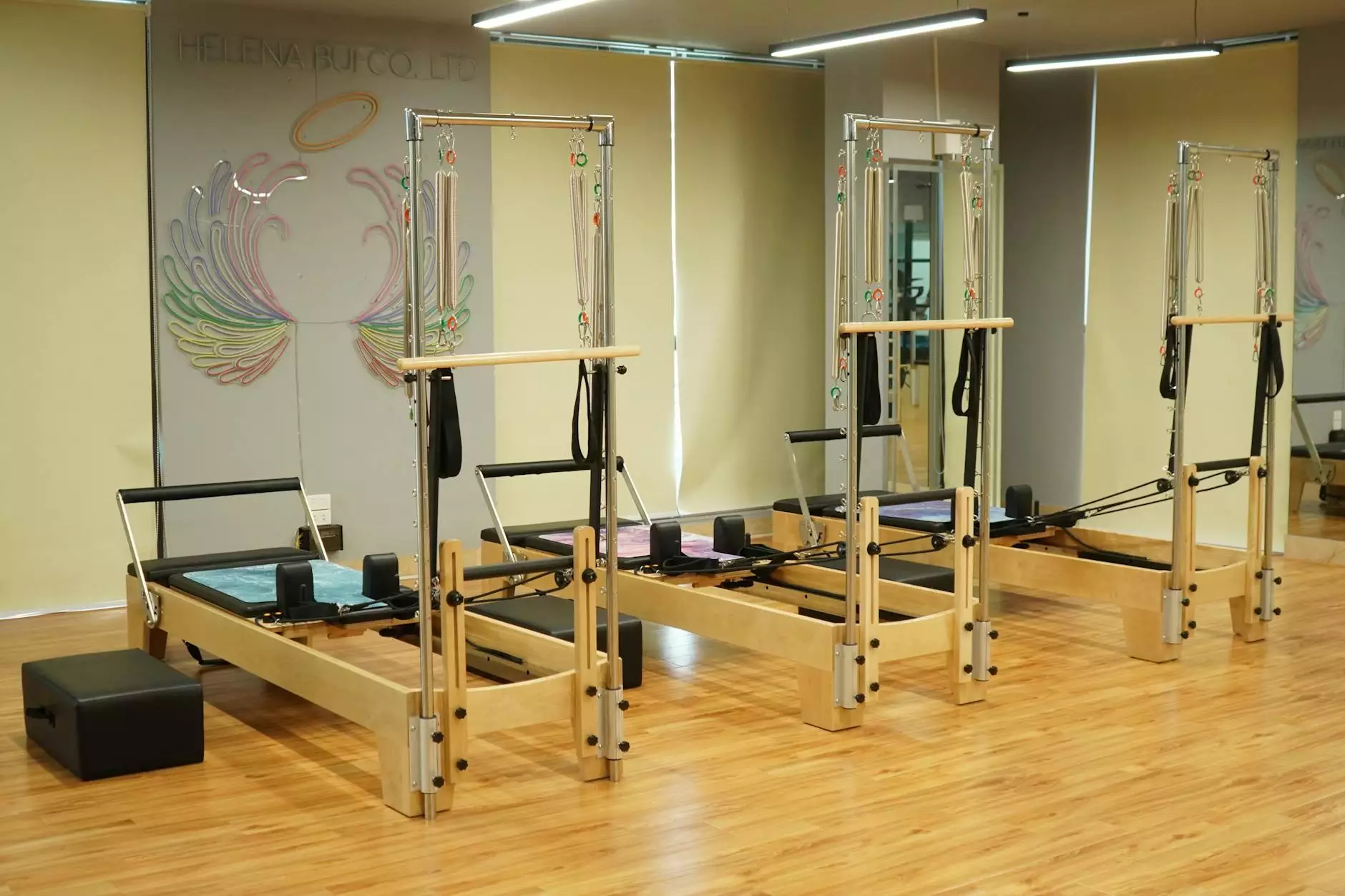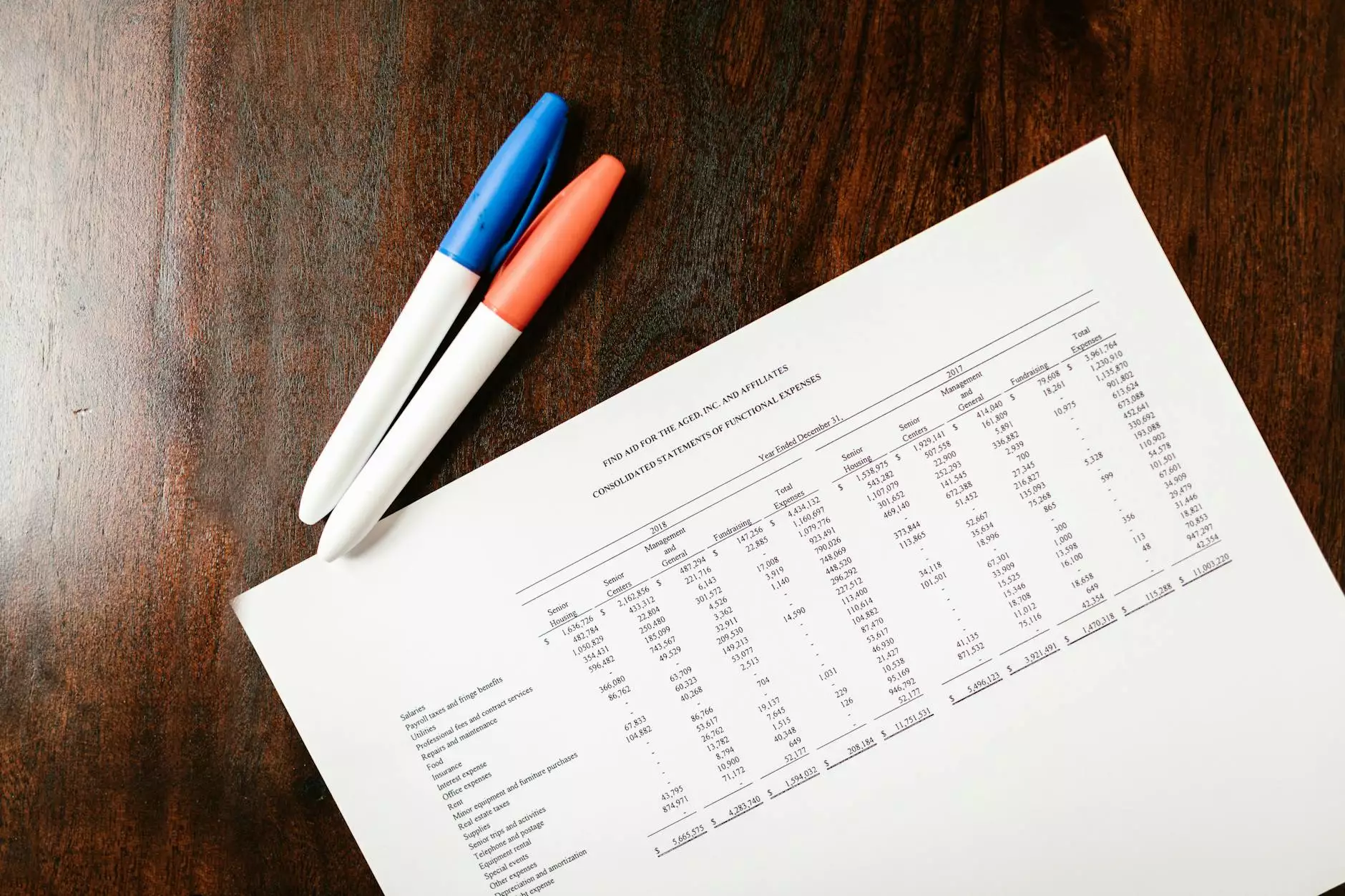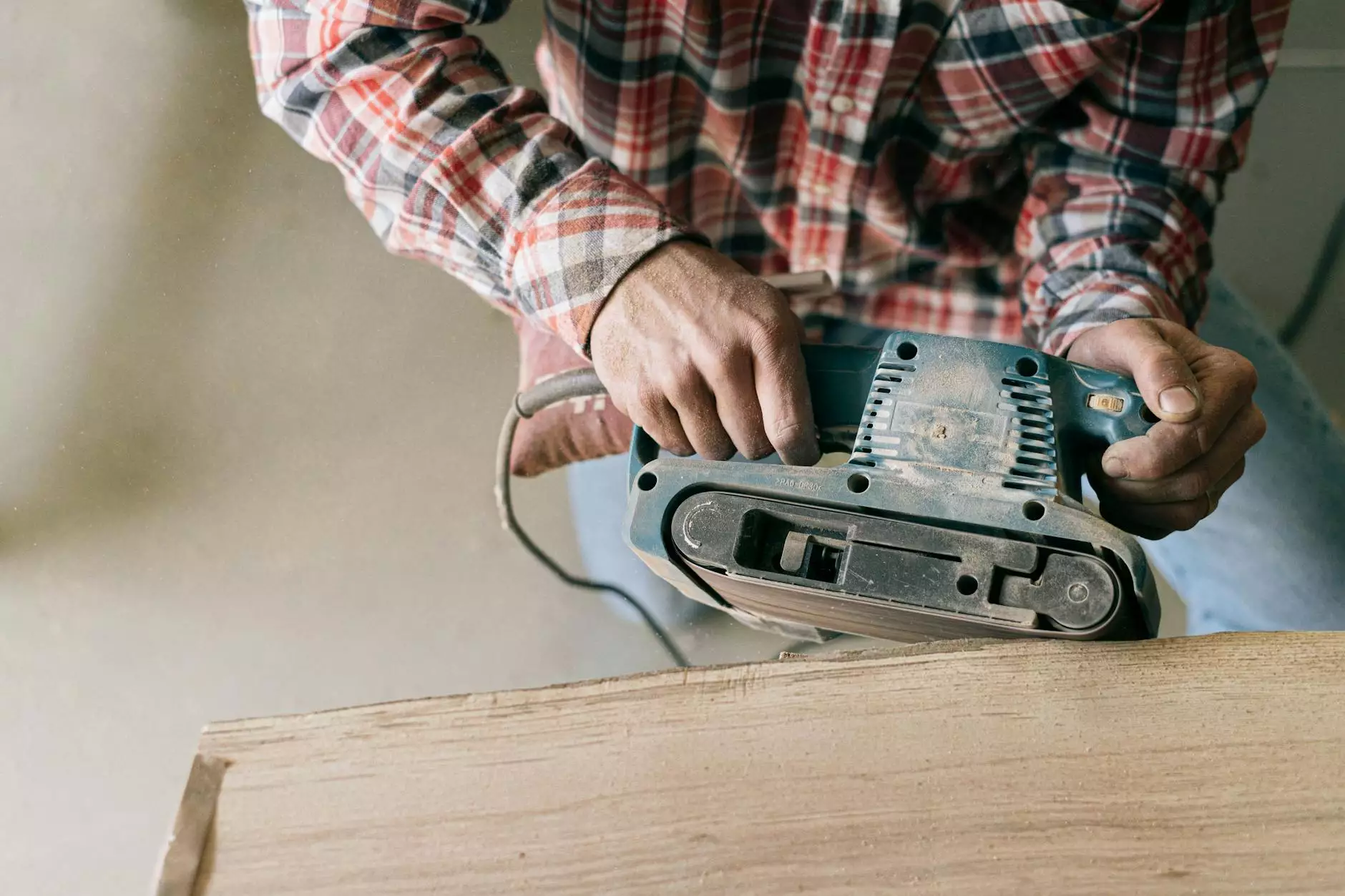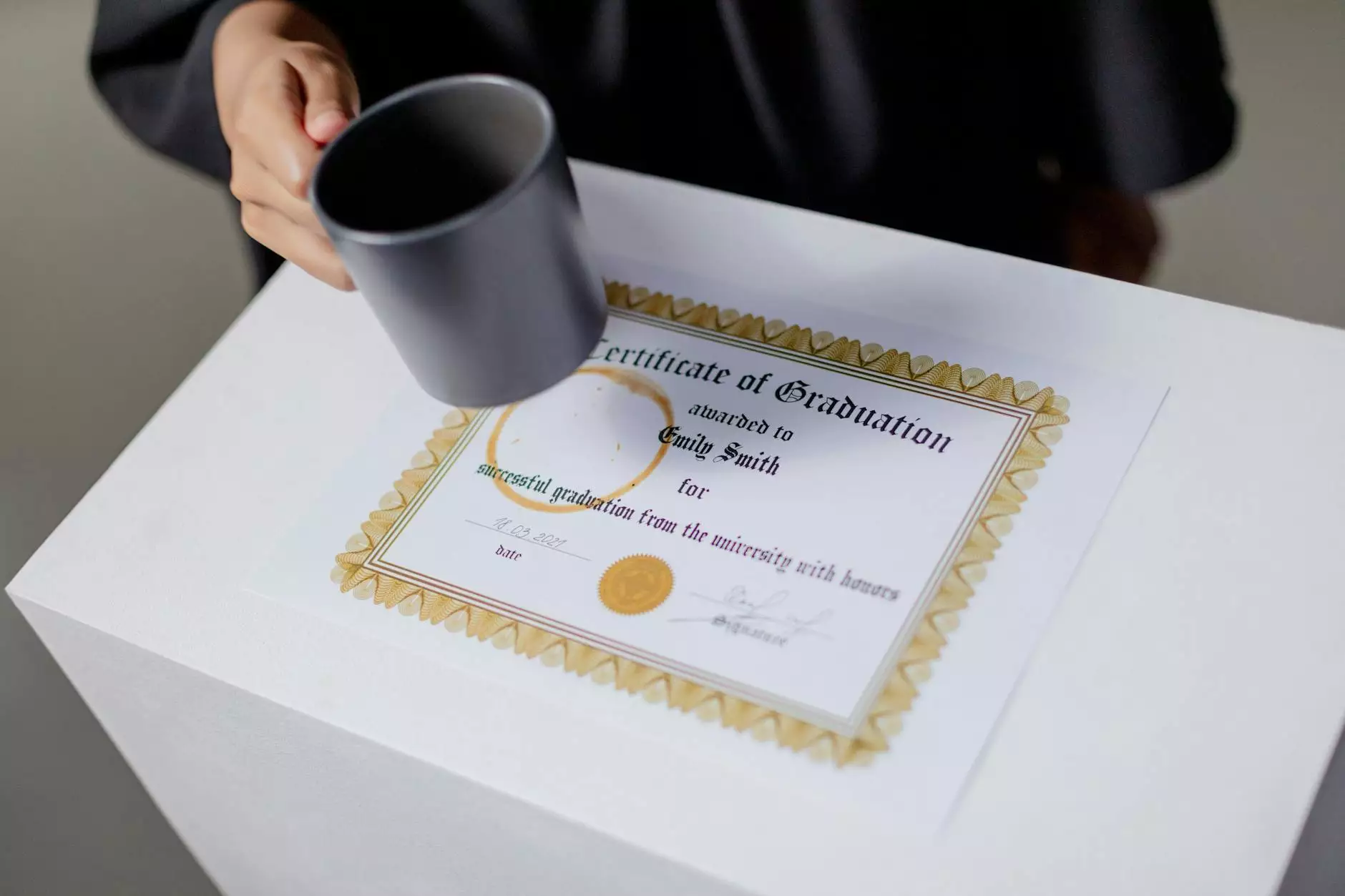Postnatal Pilates for Diastasis Recti: A Comprehensive Guide

Welcome to the ultimate resource on postnatal Pilates and its effectiveness in addressing diastasis recti. This guide will explore how specific exercises and techniques can aid recovery, bolster core strength, and promote overall wellness for new mothers. Diastasis recti, characterized by the separation of the abdominal muscles, is a common condition among postpartum women. Engaging in postnatal Pilates not only helps in physical recovery but also enhances mental well-being.
Understanding Diastasis Recti
Diastasis recti occurs when the connective tissue (linea alba) between the right and left sides of the rectus abdominis becomes stretched during pregnancy. This separation can lead to a range of issues, including:
- Weak Core Muscles: Reduces overall stability.
- Lower Back Pain: Increased strain on the back muscles.
- Posture Problems: Misalignment due to weakened core.
- Digestive Issues: Potentially affecting internal organs.
Awareness of the condition is essential, and addressing it through tailored exercises can make a world of difference in a mother's postnatal recovery.
The Role of Postnatal Pilates
Postnatal Pilates involves specialized exercises designed to target the core muscles, focusing on the pelvic floor and abdominal regions. Its benefits include:
- Strengthening the Core: Targeting the deep abdominal muscles and reconnecting them improves stability.
- Enhancing Muscle Control: Pilates emphasizes control and precision, which is essential for recovering from diastasis recti.
- Improving Posture: Pilates encourages alignment and balance, helping to alleviate back pain.
- Promoting Relaxation: Mindful movements can decrease stress, which is crucial during the postpartum period.
Starting Your Postnatal Pilates Journey
Before beginning any exercise program, it's essential to consult a healthcare professional, especially if you've experienced significant abdominal separation. Once you receive the go-ahead, consider the following steps to start:
1. Find a Qualified Instructor
Look for an instructor who specializes in postnatal Pilates and has experience with diastasis recti. An expert will tailor classes to your specific needs and identify any contraindications.
2. Start Slowly
Listen to your body. Begin with gentle movements that focus on breathing and pelvic floor activation. Gradually increase intensity as you become more comfortable with the exercises.
3. Incorporate Breathwork
Focus on your breath throughout each movement. Proper breathing techniques enhance control and engage the core effectively.
Effective Postnatal Pilates Exercises for Diastasis Recti
Incorporating specific Pilates exercises can greatly assist in closing the gap associated with diastasis recti. Below are several recommended exercises to include in your routine:
1. Pelvic Tilts
Pelvic tilts help to engage and strengthen the core while promoting pelvic stability. To perform:
- Lie on your back with knees bent and feet flat on the floor.
- Gently tilt your pelvis upward, flattening your lower back against the mat.
- Hold for a few seconds and release. Repeat 10-15 times.
2. Modified Side Plank
Side planks can be modified to suit your strength level and help reinforce the oblique muscles:
- Start on your side with your forearm under your shoulder.
- Knees should be bent at a 90-degree angle. Lift your hips off the ground.
- Hold for 10-30 seconds, breathing deeply. Switch sides and repeat.
3. Chest Lift with Arms Extended
Improving core strength can be achieved with the chest lift exercise:
- Lie on your back with knees bent and feet flat. Extend your arms straight overhead.
- Engage your core as you lift your head, neck, and shoulders off the mat, reaching your arms forward.
- Lower gently back down. Repeat 8-12 times.
4. Bridge Exercise
The bridge is a fantastic way to engage the glutes and core:
- Begin on your back with knees bent and feet hip-width apart.
- Press your feet into the ground as you lift your hips, creating a straight line from shoulders to knees.
- Hold for a few seconds, then lower. Repeat this 10-15 times.
Integrating Mindfulness and Relaxation
In addition to physical exercises, incorporating elements of mindfulness into your routine is vital. Consider the following practices:
- Mindful Breathing: Spend time focusing on your breath to enhance relaxation and mental clarity.
- Meditation: Short daily meditative practices can help manage stress levels.
- Gentle Yoga: Integrate restorative yoga poses that complement your Pilates practice.
Nutrition and Support for Recovery
A holistic approach to recovery from diastasis recti includes not just exercise but also proper nutrition. Consider the following:
- Stay Hydrated: Adequate hydration supports overall health and recovery.
- Eat Whole Foods: Focus on a diet rich in fruits, vegetables, and lean proteins to promote healing.
- Consult a Nutritionist: A professional can offer personalized dietary guidance to support your journey.
The Path to Healing
Every woman’s journey through postpartum recovery is unique. Postnatal Pilates targeting diastasis recti is an effective way to regain strength and confidence, but patience and consistency are crucial. Remember that:
- Progress may be slow, and that’s okay.
- Celebrate small victories to stay motivated.
- Connect with a community of other mothers for support and encouragement.
Conclusion: Embrace Your Postnatal Journey
Incorporating postnatal Pilates into your recovery routine can significantly aid in healing diastasis recti and reestablishing core strength. By focusing on tailored exercises, mindful practice, and proper nutrition, you can create a comprehensive approach that supports your health and well-being during this transformative stage of life.
For further guidance and personalized assistance, consider engaging with a certified Pilates instructor or a physical therapist specializing in postpartum recovery. Together, you can reclaim your body, mind, and overall health!
postnatal pilates diastasis recti








